BELGAUM
Bamboo Village
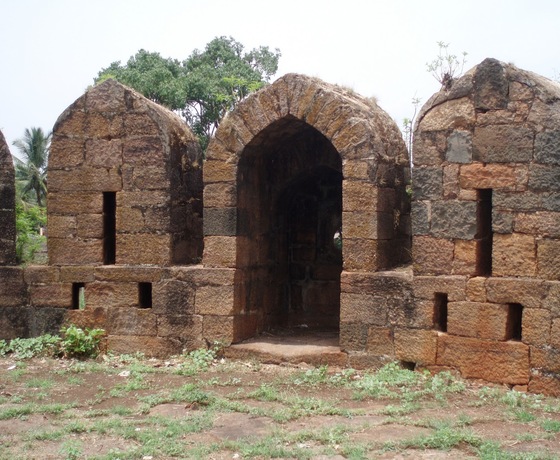
Belgaum Fort
Belagavi Fort or Belgaum Fort is in the city of Belagavi, in the Belagavi district, in Karnataka state, India. It was begun by Jaya Raya, also called Bichi Raja, an ally of the Ratta Dynasty, in the year 1204 AD. It has undergone several renovations over the centuries under dynastic rulers of the region.[citation needed] The fort, built with fine ramparts and a large moat, has a rich history with historical and religious monuments dated to the Adil Shahi dynasty. The fort has been captured in battles many times, as the possession of local rulers, until the region was stabilized by the British Raj. It is notable in modern history because Mahatma Gandhi was imprisoned by the British in this fort during India’s freedom struggle.
Pattadakal
Pattadakal, also called Paṭṭadakallu or Raktapura, is a complex of 7th and 8th century CE Hindu and Jain temples in northern Karnataka (India). Located on the west bank of the Malaprabha River in Bagalakote district, this UNESCO World Heritage site is 14 miles (23 km) from Badami and about 6 miles (9.7 km) from Aihole, both of which are historically significant centres of Chalukya monuments. The monument is a protected site under Indian law and is managed by the Archaeological Survey of India (ASI).
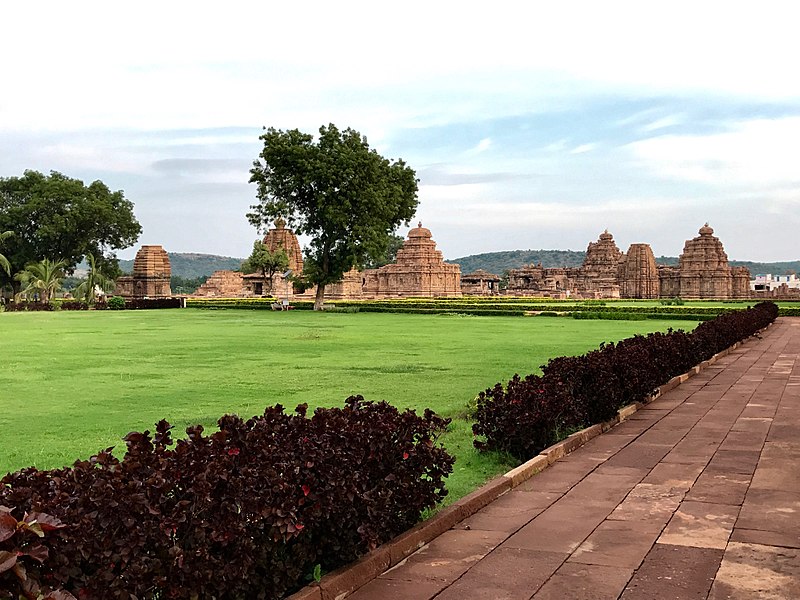
Badami
Badami, formerly known as Vatapi, is a town and headquarters of a taluk by the same name, in the Bagalkot district of Karnataka, India. It was the regal capital of the Badami Chalukyas from AD 540 to 757. It is famous for its rock cut structural temples.
Aihole
Aihole also referred to as Aivalli, Ahivolal or Aryapura, is a historic site of ancient and medieval era Buddhist, Hindu and Jain monuments in north Karnataka (India) dated from the fourth century through the twelfth century CE.[1][2][3] Located around an eponymous small village surrounded by farmlands and sandstone hills, Aihole is a major archaeological site featuring over one hundred and twenty stone and cave temples from this period, spread along the Malaprabha river valley, in Bagalakote district.
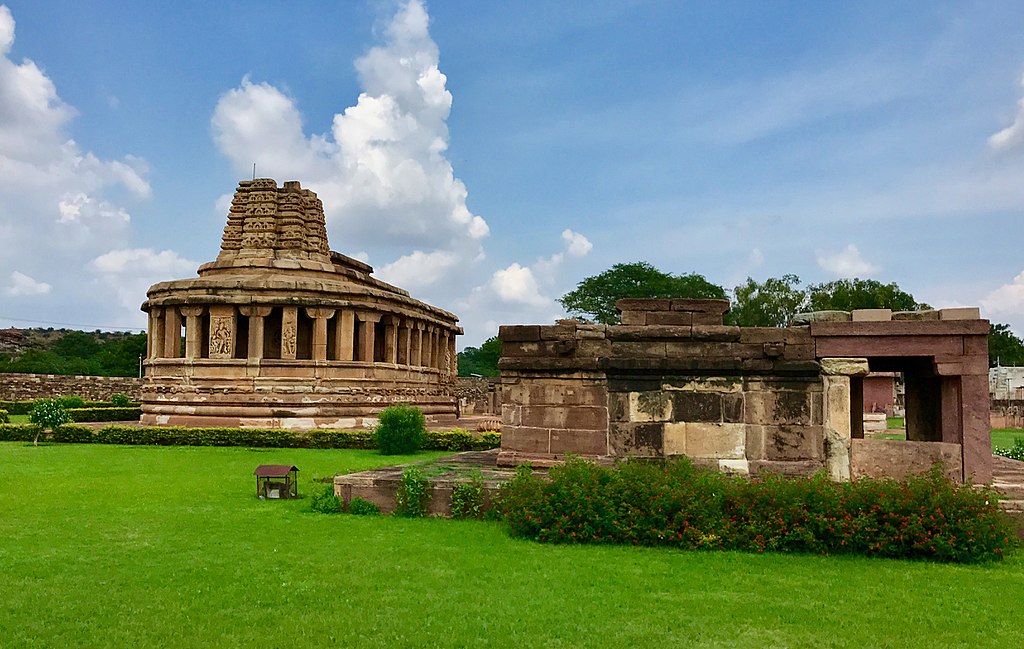
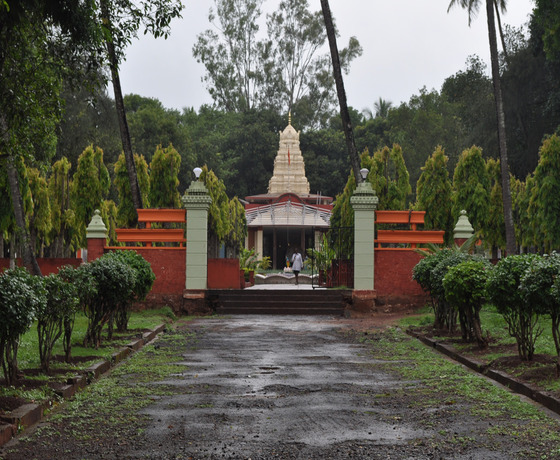
Military Mahadev Temple
The foundation stone of Military Mahadev Temple was laid on January 18, 1954. The temple was opened to public on January 24, 1955 by Lieutenant General S.M. Shrinagesh, General Officer and Commander-in-Chief Southern Command. It has undergone renovations with a new dome built in the original style and carvings similar to those in other South Indian temples. The temple remarkably clean and well-maintained. It is so called because of its long-standing use for worship by army personnel and of course, it was later thrown open to the public. The mini zoo and the Shivteerth are added attractions to the Military Mahadev Temple.
Hampi
Hampi, also referred to as the Group of Monuments at Hampi, is a UNESCO World Heritage Site located in east-central Karnataka, India. It became the centre of the Hindu Vijayanagara Empire capital in the 14th century. Chronicles left by Persian and European travellers, particularly the Portuguese, state Hampi was a prosperous, wealthy and grand city near the Tungabhadra River, with numerous temples, farms and trading markets. By 1500 CE, Hampi-Vijayanagara was the world's second-largest medieval-era city after Beijing, and probably India's richest at that time, attracting traders from Persia and Portugal.[3][4] The Vijayanagara Empire was defeated by a coalition of Muslim sultanates; its capital was conquered, pillaged and destroyed by sultanate armies in 1565, after which Hampi remained in ruins.
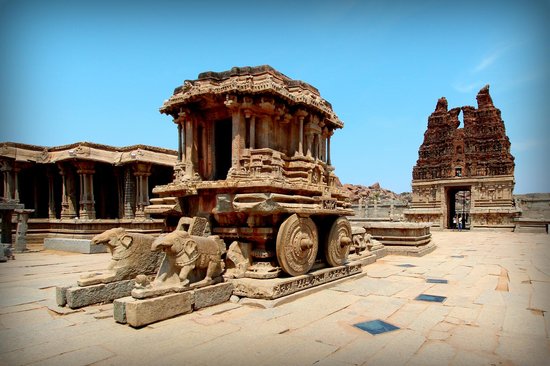
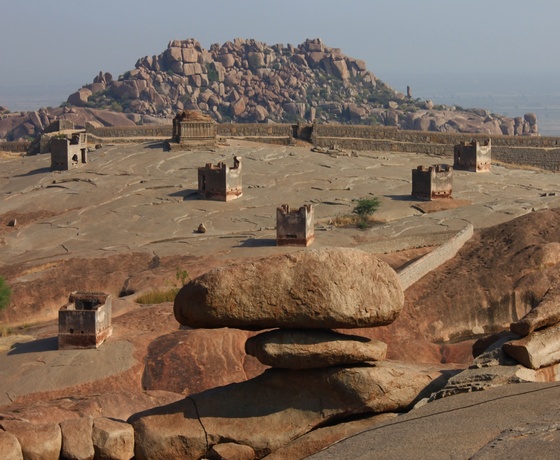
Kumbara Gudda
Kumbara Gudda, is the sister of Bellary Hill and is known by another name - Face Hill as well. It has received such a name due to the southeast view of this hill, which bears resemblance to the side angle of a human face. This hill is renowned for its naturally created carved edges
Kanaka Durgamma Temple
Adi Kanaka Durgamma Devi is a Durga temple located at Bellary, Karnataka. the temple opens at 9:30 am in the morning with a bhavya aarti. the temple is closed between1:30 pm to 4:30 pm and the finally closed at 7:30 pm in the evening with another aarti. Kanaka Durga Temple is synonymous with Vijayawada. And is located in the heart of Vijayawada city, with a local market offering a range of items just adjacent to the temple. the temple is just a 10 minutes drive from the railway station and we easily got a local transport cab for the temple. our guide told us that this is the place where Arjuna obtained the Pasupatha astra after his great penance for Lord Shiva.
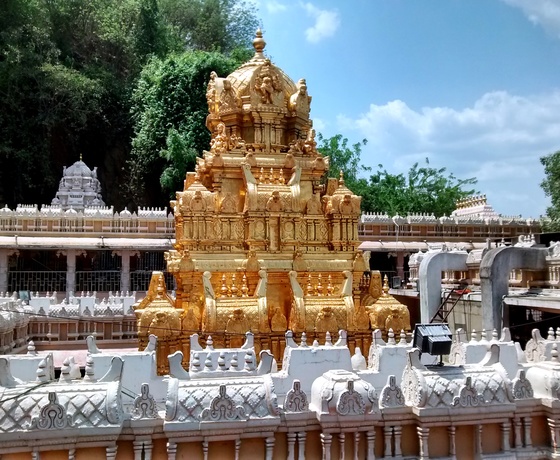

Bellary Fort
The Bellary Fort ("Bellary Kote") was built on top of a hill called the "Ballari Gudda" or the Fort Hill. It is situated in the historic city of Bellary, in the Bellary district, in Karnataka state, India. It was built in two parts namely, the Upper Fort and the Lower Fort. The Upper Fort was built by Hanumappa Nayaka, a feudatory of Vijayanagara Empire, but the Lower Fort was built by Hyder Ali in later part of the 18th century
